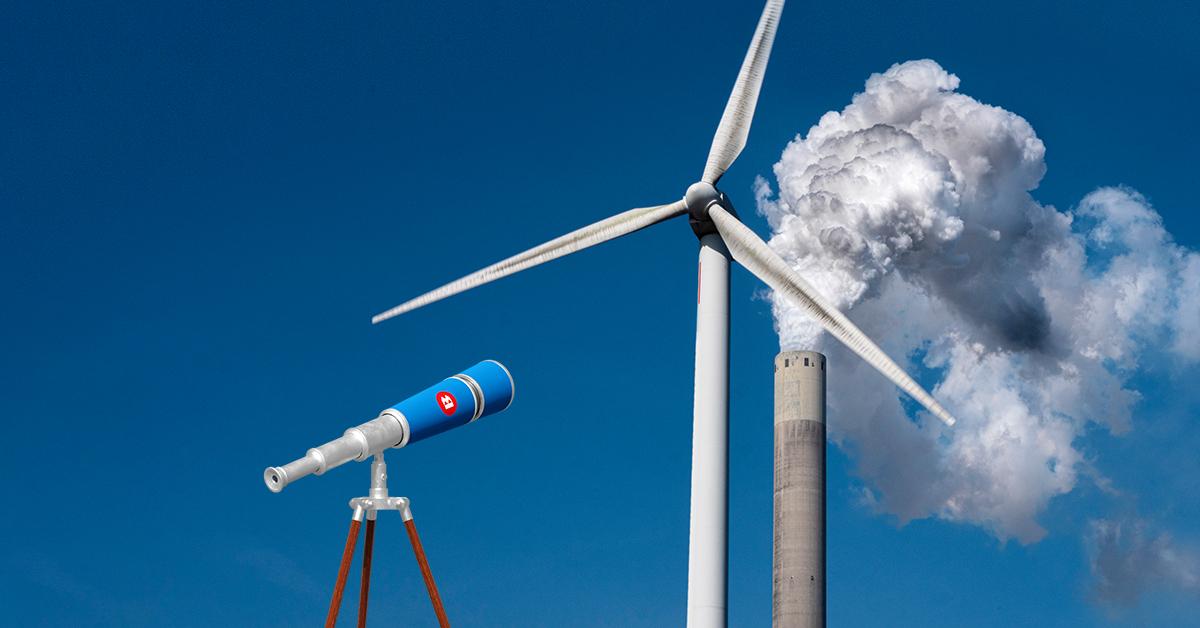Not All Carbon Credits Created Equal: BMO Global Metals, Mining & Critical Minerals Conference

As more mining companies expand their focus beyond what they are pulling out of the ground to what they are putting into the air, there will be increasing demand on the voluntary carbon markets. At BMO’s 32nd Global Metals, Mining & Critical Minerals Conference, a panel of experts told investors, executives and analysts that before entering this market, the sector needs to be aware that not all carbon credits are created equal.
The panel, Voluntary Carbon Markets – A Full Lifecycle View, led by Rachel Walsh, Carbon Innovation Analyst at BMO, looked at how, despite a slowdown over the past year, the carbon market is set up for impressive growth. Panellists Michael Costa, CEO of Base Carbon Inc., which provides financing solutions and development expertise to the global voluntary carbon markets, Chelsea Bryant, who is the Managing Director of Trading at BMO Radicle, a leader in sustainability advisory services and solutions, and Justin Cochrane, CEO of Carbon Streaming Corporation, which pioneered streaming transactions to scale high-integrity carbon credit projects, talked about some of the upcoming catalysts that could stimulate demand.
Valuing Carbon Credits
As companies look to begin this journey, they have to start by understanding their scope 1, 2 and 3 emissions to be able to set targets, said Bryant. “The voluntary carbon market provides a cost-effective means for us to reach these targets and to bridge that gap where internal emission abatement projects are not currently economically or technologically viable,” she said. Still, companies will need to pay attention to the underlying project that is generating the carbon credit. As Walsh pointed out, the auditing of the credits is essential to ensure that a credit actually has quality behind it.
Because of the difference in cost associated with emission avoidance, reduction and removal projects and variation in quality between different projects, there are large differences in carbon credit pricing. In some cases, a carbon credit might sell for $2 and in others it might trade for $1,000, even though they both represent one metric ton of carbon dioxide, said Cochrane. For this reason, it’s the underlying [quality] of the asset that matters to firms like Carbon Streaming.
Quality Matters
When it comes to carbon credits, one of the reasons corporate buyers are very focused on quality is to avoid the headline risk, said Cochrane. No one wants a situation where a carbon credit was issued and then, due to a miscalculated baseline figure, its integrity may be called into question, he explained.
In terms of quality, corporate buyers increasingly want to support projects that are generating co-benefits beyond the carbon impact, including tangible and repeatable evidence that they are promoting biodiversity and having a positive community impact.
The registries play an important role by validating carbon credits, said Costa. The registry helps determine the methodology used to measure how much carbon is avoided or removed from the atmosphere. The challenge is that the market hasn’t been fully commoditized yet, which is creating liquidity issues and price discrepancies, said Costa.
A lack of transparency in the carbon market is also factoring into the pricing, said Bryant. “There can be fifty (50) different prices for carbon at any one point in time, as the market trades at different price levels depending on the project activity, the specific project ID, vintage and volume of the transaction. With hundreds of projects, that can mean a large volume of different price levels. Due to the lack of transparency, it’s also possible that the exact same specification [project, vintage, volume level] could be trading at two different prices at the exact same time,” she said. “That’s a really important nuance.”
Carbon Market Continues to Evolve
While the market is still developing, the panel agreed that the biggest risk is inaction. “We need government policy, we need government support,” said Cochrane. “We need a higher price of carbon if we want to get serious about reducing emissions.” He added that by 2050 the market will need carbon projects absorbing between 10 and 15 metric gigatons of carbon dioxide annually.
“When you’re looking at your own emission abatement opportunities, the reality is that there isn’t the perfect technology solution today to get organizations to net zero,” said Bryant. The voluntary carbon market is critical for corporations to meet objectives to lower their scope 1, 2 and 3 emissions. “The one thing I would want to emphasize is don’t let perfection be the enemy of the good.”